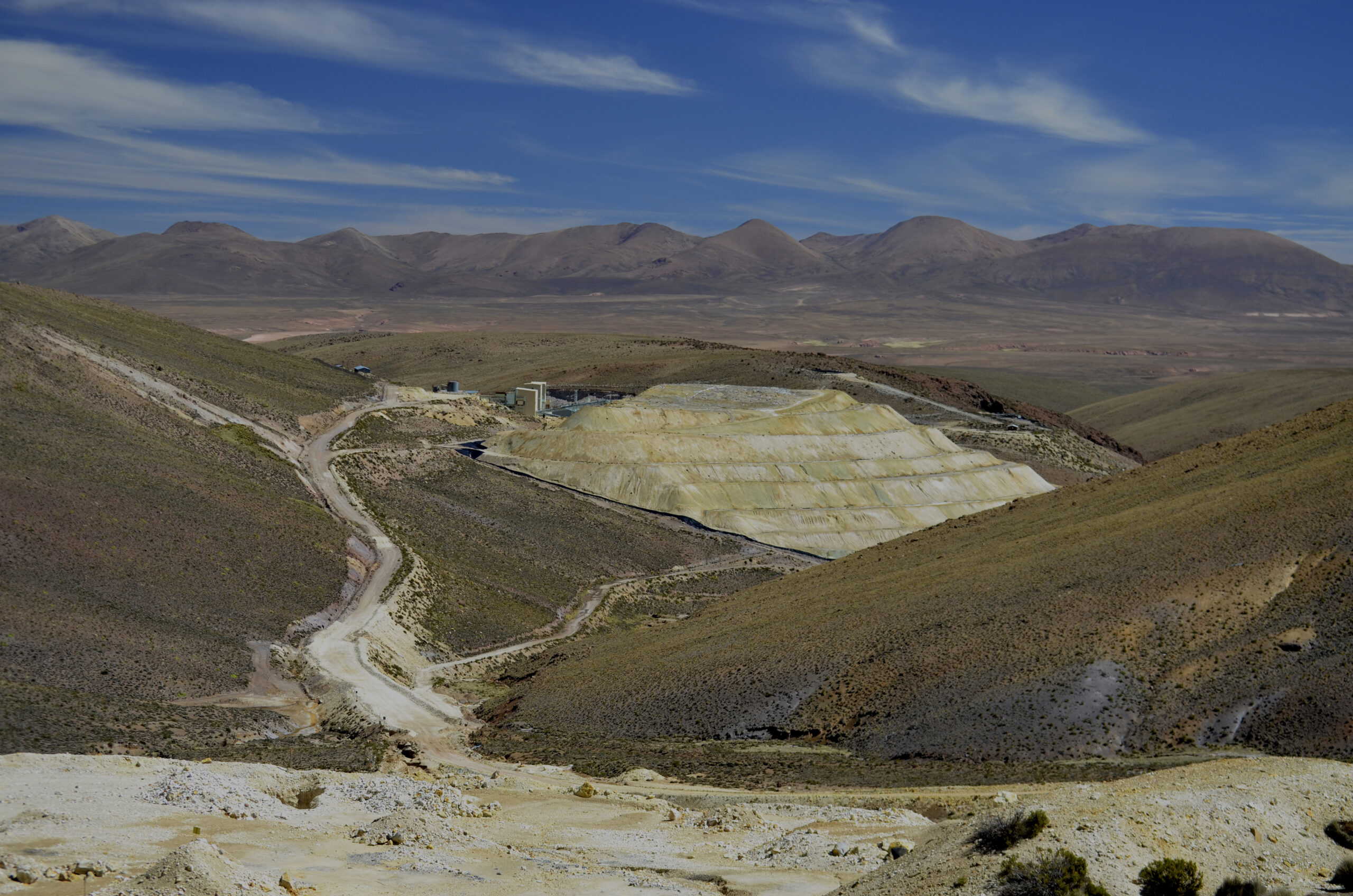Advancing Chile's Copper Projects
- Chile | 20 May 2020

Copper mining in Chile plays a crucial role in meeting the growing demand for metals in the green energy economy. With seven of the top 20 highest-producing copper mines located in Chile, including Escondida, Collahuasi, El Teniente, Los Bronces, Los Pelambres, Chuquicamata, and Radomiro Tomic, maintaining high production levels is essential for the global transition to clean energy. The production of wind and solar energy requires significantly more copper compared to fossil fuel generation, driving the demand for the metal. As the electric vehicle market continues to expand, estimates indicate that copper demand for electric vehicles will increase from 0.9% in 2017 to 8.2% in 2030. To offset potential production declines and support the country’s economic development, Chile must continue to invest and innovate in its mining sector.
Despite being considered a mature mining jurisdiction, Chile possesses world-class mining assets that offer long mine life and scalability. These mining districts are expected to operate for decades, contributing to the country’s economic growth. Copper mining is a vital component of Chile’s economy, accounting for over 90% of mining exports, generating significant fiscal revenue, and contributing 12.1% to GDP over the past decade. While efforts are being made to diversify the economy, copper will continue to play a prominent role in Chile’s progress and funding future social spending.
In the case of Codelco, the state-owned copper mining company, it faces the challenge of maintaining production levels while managing rising costs. With increased demands for government spending and a tighter allocation of funds, Codelco aims to reduce its project budget by 20% through 2028. However, there are no plans to suspend any planned projects, and the company seeks to generate an additional $1 billion in gross earnings from 2021 onwards. Codelco’s future relies on completing structural projects efficiently and at lower costs to avoid significant production declines. The company owns significant copper-producing assets, such as Chuquicamata, El Teniente, and Radomiro Tomic, which are undergoing expansions and improvements to boost production.
Despite facing challenges in 2019, including adverse weather conditions and strikes, Codelco remains a crucial contributor to Chile’s development. With a rich history of revenue generation, the company strives to transform itself to continue contributing to Chile’s progress for many more years.
Chile achieved record levels of copper production in 2018, reaching 5.831 million metric tons. This was made possible due to consistent investments made in previous years. To maintain its position as a leading producer in the future, Chile needs to resume investments. Several major global players operate in Chile’s mining sector, including Anglo American, BHP, Teck, Antofagasta Minerals, Rio Tinto, Glencore, Lundin, and Freeport McMoRan. These companies have significant stakes in various copper mines in Chile.
According to Joaquín Villarino, president of Consejo Minero, Chile’s mining production grew considerably until about ten years ago and has since stabilized at around 6 million metric tons per year, accounting for approximately 27% of the world’s copper production. Villarino believes that Chile has the capacity to maintain this level of copper production for at least the next 30 years.
Among the largest private-owned mines in Chile are Escondida, Collahuasi, and Los Bronces. Escondida, the world’s highest-producing copper mine, experienced a decrease in copper production and revenue in 2019 due to declining copper grades. However, it is expected to remain a profitable asset for BHP in the coming years. Collahuasi, majority-owned by Anglo American and Glencore, and Los Bronces, owned by Anglo American, are also significant copper producers in Chile.
Antofagasta Minerals had a successful year in 2019, with a 6% increase in copper production. The company approved a $1.3 billion expansion of the Los Pelambres copper mine in 2018 to further increase production. The project includes the construction of a desalination plant and water pipeline, with production expected to start in the second half of 2021.
Teck’s QB2 project is another major investment in Chile’s copper industry. The project has a lower strip ratio compared to other mines, which is expected to result in lower production costs. Construction is expected to be completed in late 2021, with full production ramp-up in 2022. In addition to large-scale mining, Chile also has promising mid-size mining projects. Companies like Mantos Copper, Pucobre, and Capstone Mining are developing projects such as MantoVerde, Mantos Blancos, El Espino, and Santo Domingo. These mid-size projects are often more efficient in fund utilization compared to larger mines.
Capstone Mining’s Santo Domingo project has obtained all necessary permits and is shovel-ready. The project has a projected mine life of 17.9 years and a favorable after-tax internal rate of return (IRR) of 21.8%. Mantos Copper secured funding to expand its Mantos Blancos operation, which will extend the mine’s life and reduce costs. Pucobre’s El Espino mine is expected to double the company’s production capacity once it begins operation in 2022. While large mines dominate Chile’s copper output, the development of mid-size projects is seen as a growing trend in the country’s mining market. These projects demonstrate efficiency in fund utilization and contribute to the overall growth of Chile’s mining industry.








